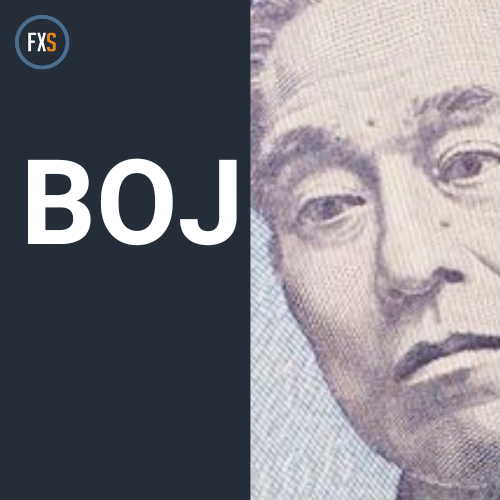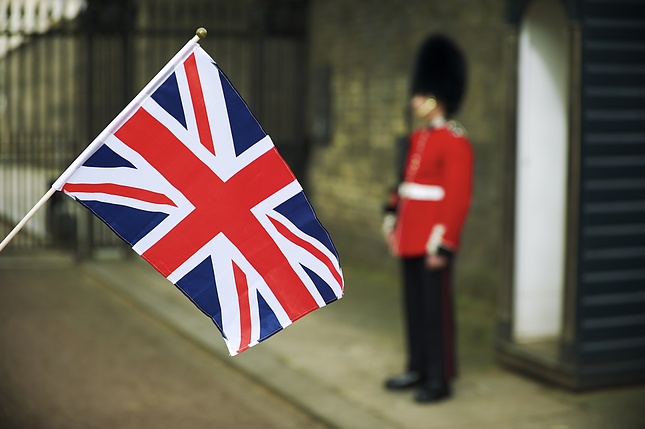With the BP share price sitting near its highest levels this year, today’s Q3 numbers were always likely to be political catnip if they were anywhere near as good as Shell’s last week.
The fact that they beat expectations by quite some distance is likely to see the headlines dominated by calls for the current windfall tax bar to be set higher. The “energy profits levy” as it is known has been set at 25% until 2025 and puts BP and Shell effective UK tax rate at 65%.
Today’s Q3 numbers from BP of $8.15bn of underlying replacement cost profit, along with a pledge to buy back another $2.5bn of shares are likely to fuel the usual calls for higher tax on the oil giants with US President Joe Biden, the latest politician calling for the oil majors to do more for consumers to keep prices down.
The problem for Biden and other politicians is the tight nature of refining capacity, and the fact that this type of infrastructure takes years to build and millions of US dollars. For prices to come down significantly, global refining capacity would need to increase, and who would want to invest in that at a time when the global economy is pushing towards net zero.
While the headline number is impressive in terms of how close it came to matching Q2’s performance, the actual profits attributable to shareholders is zero due to an accounting adjustment which pushed the company into a quarterly loss of $2.16bn.
This adjustment came from its gas and low carbon energy unit which once again outperformed with profits of $6.24bn, however due to the volatility in forward gas markets and a repricing of forward gas prices, this has turned into a loss of $2.96bn. Its oil production and operations division returned $5.21bn in profits.
On top of the Rosneft adjustment earlier this year that means BP has actually recorded a -$13.29bn loss so far year to date, but that inconvenient fact is likely to fly under the political radar.
BP has already set aside an $800m adjustment in this quarter’s numbers in respect of the latest UK windfall tax, pushing the tax take from the North Sea to $2.5bn for this year. BP is also continuing to pay over $1.2bn a year in respect of the Gulf of Mexico oil spill.
The company also spent $3.2bn on capital expenditure this quarter taking the total year to date to just shy of $9bn, while it revised its full year capex number up to $15.5bn.
On the outlook BP remains committed to using 60% of its surplus cash flow for share buybacks, and the remaining 40% to strengthen the balance sheet.
Net debt also came down but only marginally to $22bn.
While today’s profit numbers will no doubt grab the headlines it is encouraging that BP is stepping up its capex investment albeit fairly modestly.
Spending on renewables is something that BP does need to do more of.
In Q3, capex spending on low carbon energy came in at $86m, out of a total of $958m, in its gas and low carbon energy division, down from $142m in Q2, taking the total spend on low carbon this year to $447m, out of a total of $2.64bn.
In oil production and operations total capex rose modestly to just shy of $1.4bn in Q3.
Note: All information on this page is subject to change. The use of this website constitutes acceptance of our user agreement. Please read our privacy policy and legal disclaimer. Opinions expressed at FXstreet.com are those of the individual authors and do not necessarily represent the opinion of FXstreet.com or its management. Risk Disclosure: Trading foreign exchange on margin carries a high level of risk, and may not be suitable for all investors. The high degree of leverage can work against you as well as for you. Before deciding to invest in foreign exchange you should carefully consider your investment objectives, level of experience, and risk appetite. The possibility exists that you could sustain a loss of some or all of your initial investment and therefore you should not invest money that you cannot afford to lose. You should be aware of all the risks associated with foreign exchange trading, and seek advice from an independent financial advisor if you have any doubts.
Recommended content
Editors’ Picks

USD/JPY jumps above 154 after a hawkish Fed and ahead of BoJ
The USD/JPY pair is trading well above the 154.00 mark after the US Federal Reserve delivered a hawkish 25 bps rate cut. The Bank of Japan is expected to remain on hold, although a rate hike can't be ruled out.

EUR/USD nears year low amid a hawkish Federal Reserve
EUR/USD accelerated its slump after the Federal Reserve trimmed interest rates as expected but also released a dot-plot showing lesser interest rate cuts in 2025. The "hawkish cut" boosts demand for the US Dollar.

Gold nears $2,600 after Fed's decision
Gold fell towards $2,600 and trades nearby as the Federal Reserve's hawkish cut sent investors into safety. Demand for the US Dollar outpaces that of the bright metal as US, officials foresee fewer interest rate cuts in 2025.

Bank of Japan set to hold interest rates steady as rising inflation hints at early-year hike
After concluding its two-day monetary policy review on Thursday, the Bank of Japan is expected to hold the short-term interest rate at 0.25%. The BoJ policy announcements will likely provide fresh cues on the central bank’s rate hike outlook, injecting intense volatility in the Japanese Yen.

Sticky UK services inflation to come lower in 2025
Services inflation is stuck at 5% and will stay around there for the next few months. But further progress, helped by more benign annual rises in index-linked prices in April, should see ‘core services’ inflation fall materially in the spring.

Best Forex Brokers with Low Spreads
VERIFIED Low spreads are crucial for reducing trading costs. Explore top Forex brokers offering competitive spreads and high leverage. Compare options for EUR/USD, GBP/USD, USD/JPY, and Gold.